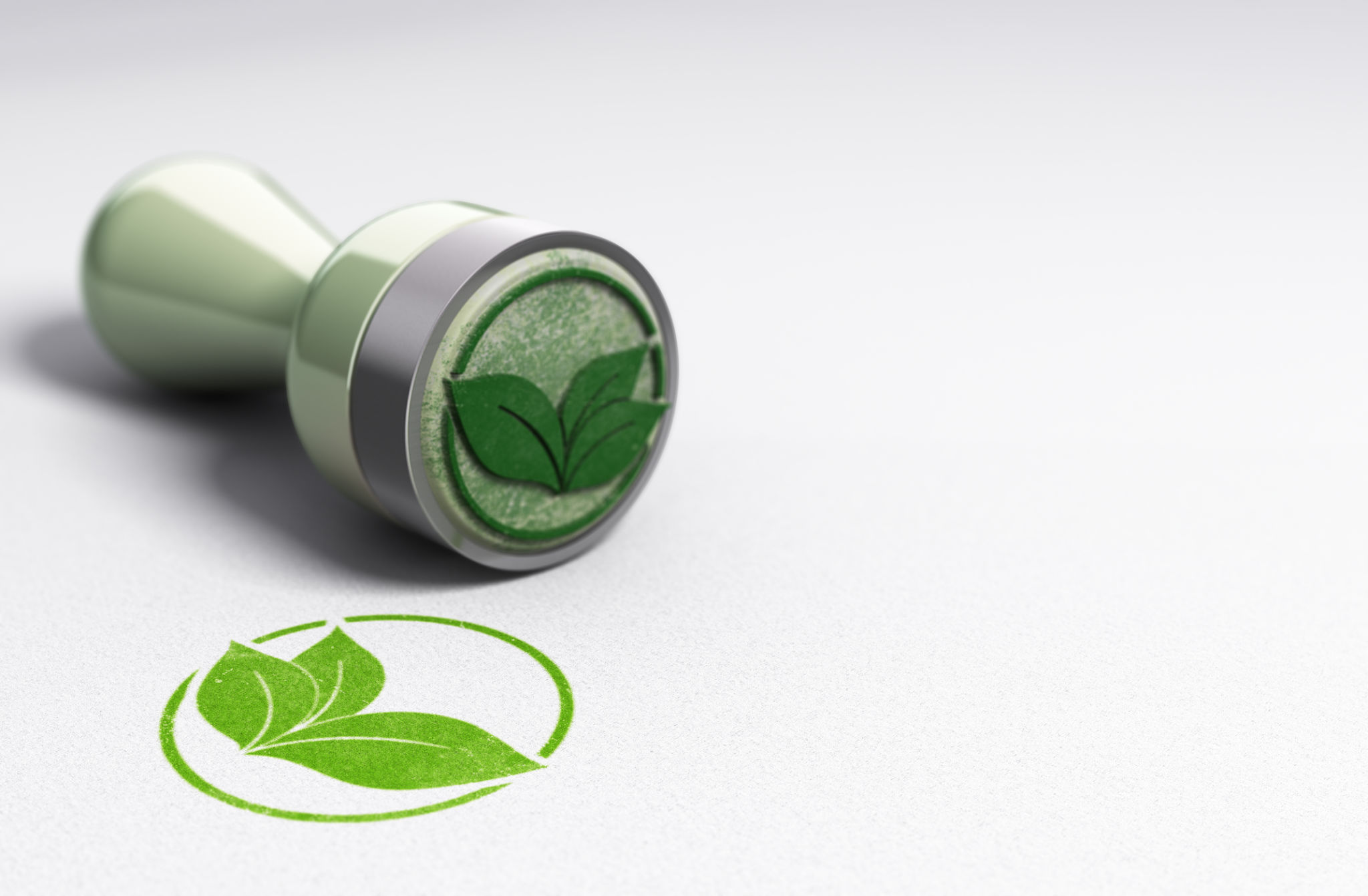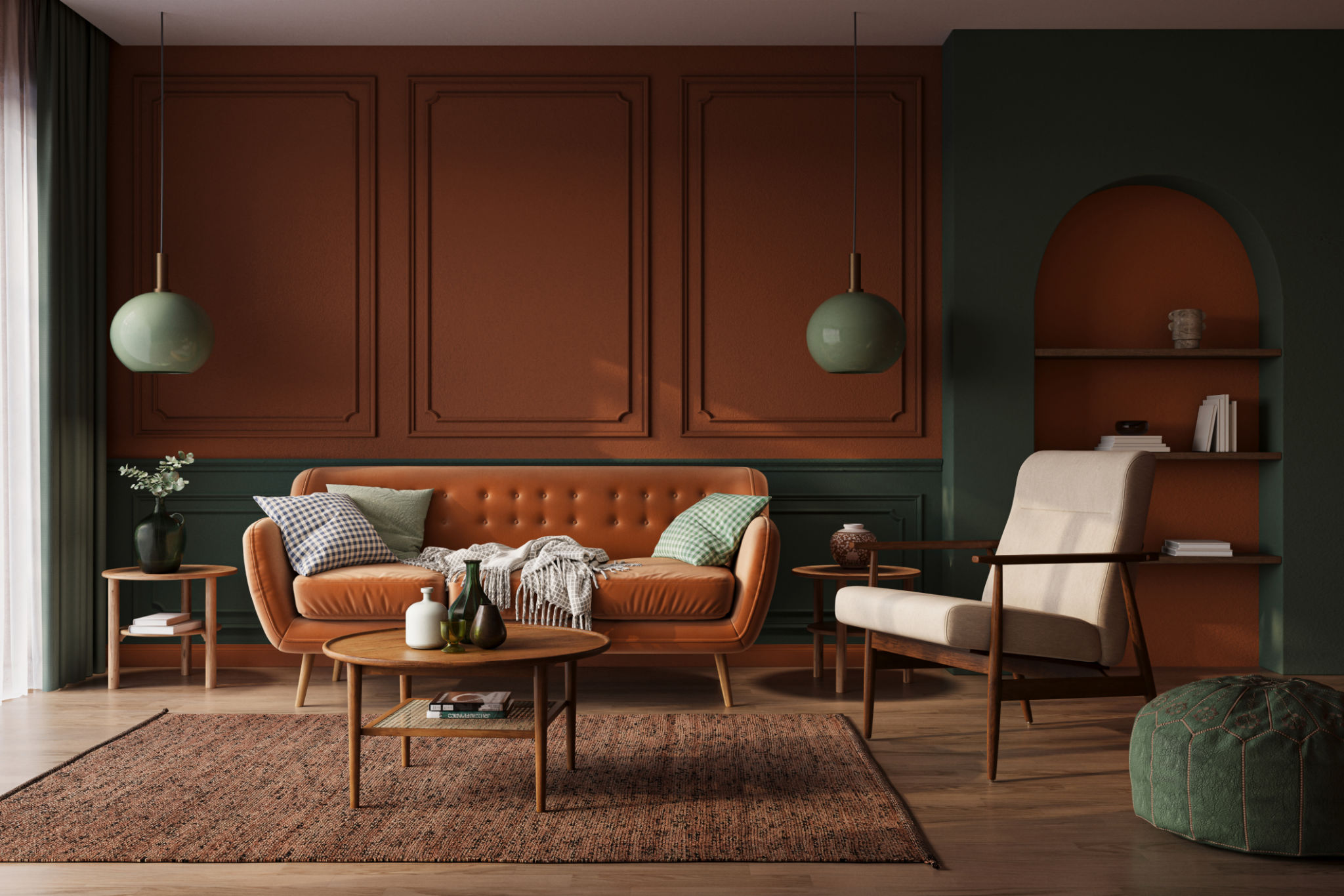Myth-Busting: Common Misconceptions About Home Goods Alternatives
Understanding Home Goods Alternatives
In recent years, consumers have become more conscientious about the products they bring into their homes. This shift has sparked a growing interest in home goods alternatives, from eco-friendly materials to multi-functional designs. However, with this increased interest comes a slew of misconceptions that can cloud decision-making. Let's dive into some common myths and set the record straight.

Myth: Home Goods Alternatives Are Always More Expensive
One of the most prevalent misconceptions is that alternative home goods come with a hefty price tag. While it's true that some sustainable or innovative products may require a higher initial investment, many options are designed to be cost-effective in the long run. For example, energy-efficient appliances can significantly reduce utility bills over time, offsetting any upfront costs.
Moreover, a growing market for these products means increased competition and more affordable options for consumers. Shoppers can often find budget-friendly alternatives without compromising quality or style.
Myth: Sustainable Equals Less Durable
Another common belief is that sustainable products lack durability compared to their conventional counterparts. This is simply not true. Many eco-friendly materials are designed to withstand wear and tear, offering longevity that rivals or even surpasses traditional materials. Bamboo flooring, for instance, is known for its strength and resilience, making it a popular choice for high-traffic areas.

In fact, the emphasis on sustainability often means that these products undergo rigorous testing to ensure they meet or exceed durability standards. Choosing sustainable options doesn't mean sacrificing quality; it often means investing in products that are built to last.
Myth: All Alternatives Are Eco-Friendly
While many home goods alternatives focus on sustainability, not all of them are inherently eco-friendly. Some products marketed as "green" may still contain harmful chemicals or be produced under environmentally damaging practices. It's essential for consumers to do their research and look for certifications or labels that verify a product's environmental claims.
Understanding labels such as Energy Star, Fair Trade, or FSC certification can help buyers make informed decisions and ensure they are purchasing genuinely sustainable items.

Myth: Alternative Designs Lack Aesthetic Appeal
There's a lingering stereotype that alternative home goods are clunky or unattractive. However, modern designs have shattered this myth by offering stylish and sleek options that fit seamlessly into any decor style. From minimalist furniture made from recycled materials to vibrant textiles crafted from organic fibers, the range of aesthetic choices is vast and varied.
Designers are increasingly focused on merging form and function, creating products that are both beautiful and practical. This means homeowners don't have to compromise on style when opting for more sustainable options.
Conclusion: Making Informed Choices
It's important to approach home goods alternatives with an open mind and a critical eye. By debunking these myths, consumers can make informed choices that align with their values without compromising on cost, durability, or style. As awareness continues to grow, the market for these alternatives will only expand, offering even more exciting options for conscientious shoppers.
